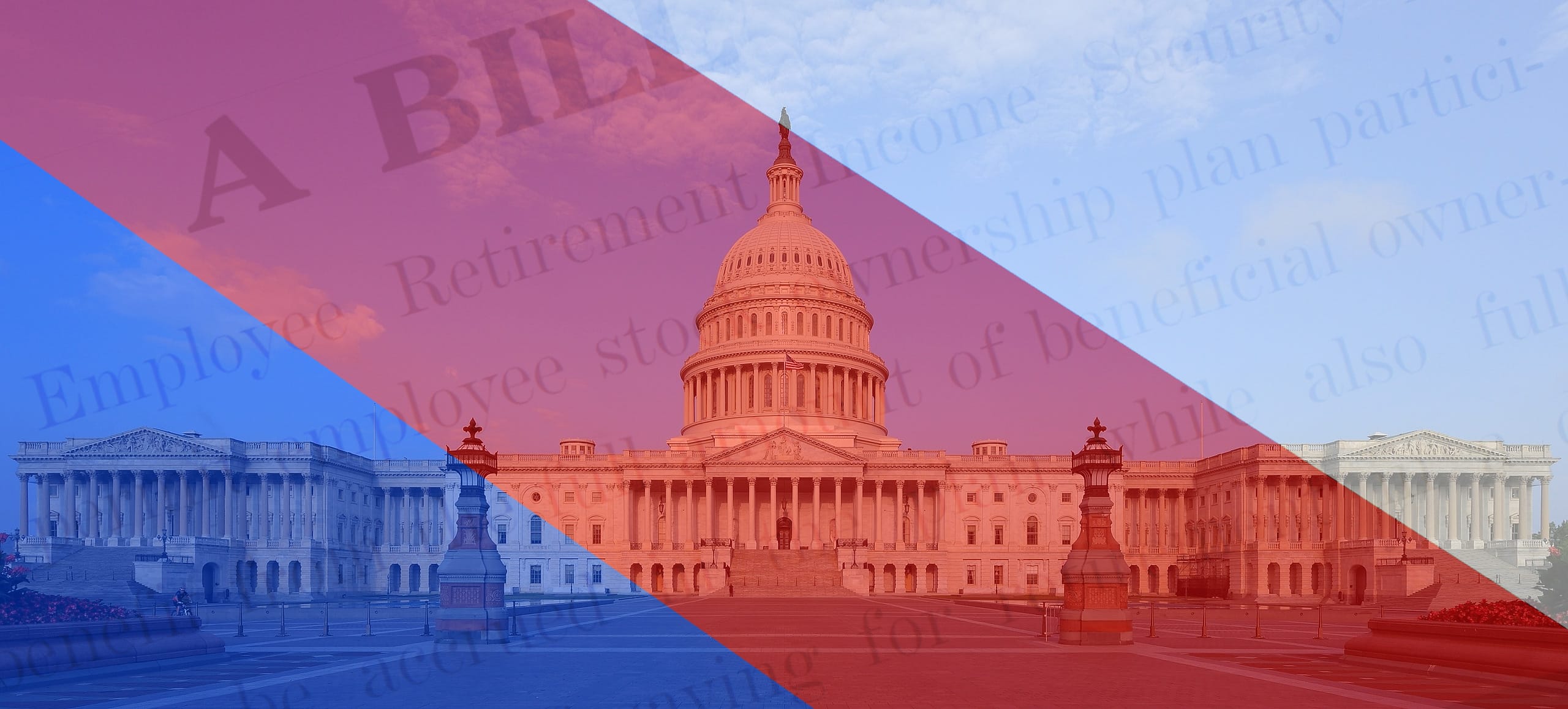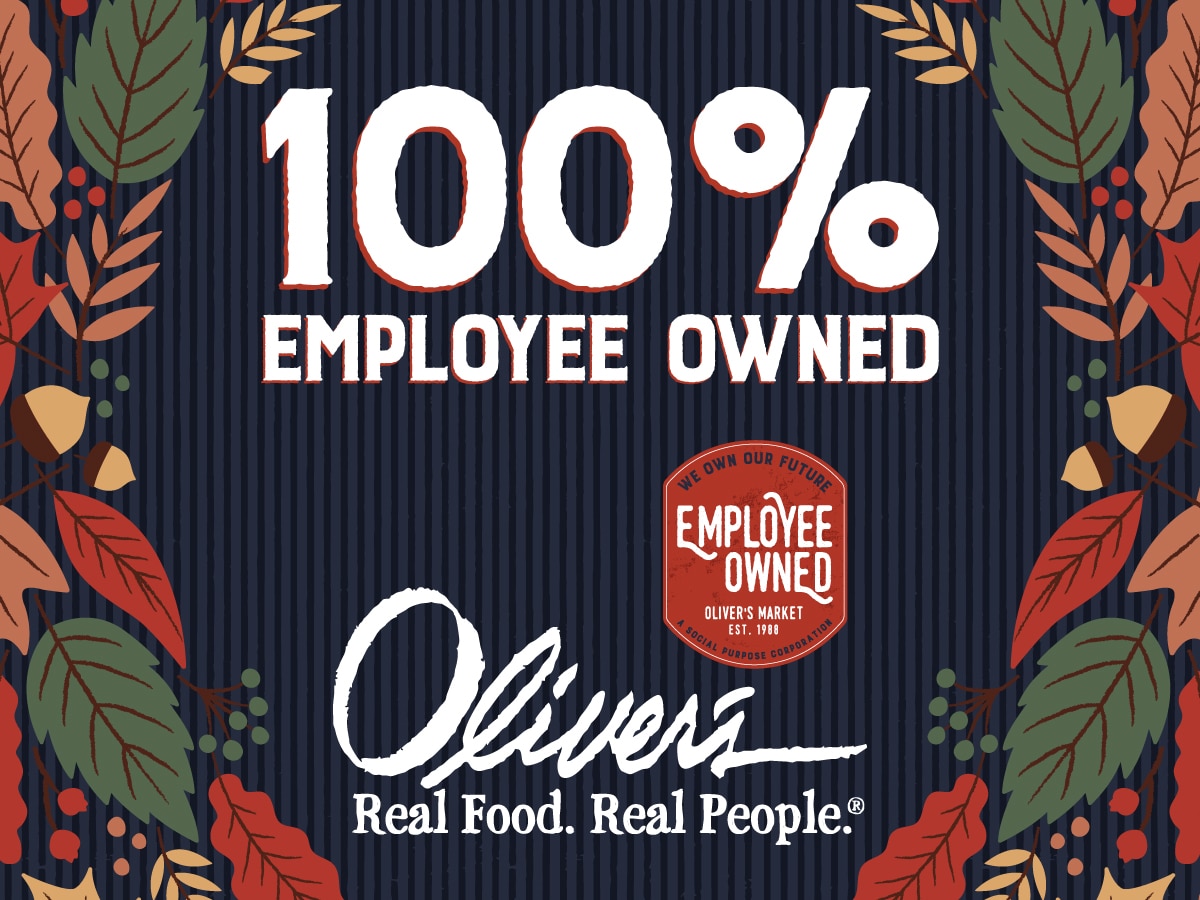The following is a list of affected sections of the Code and the 2014 limitations of interest to the ESOP community
| Code Section | Description | 2016 Limitations |
2015 Limitations |
| 401(a)(17) | Limit on the amount of annual compensation taken into account | $265,000 | $265,000 |
| 402(g)(1) | Limitation on the exclusion for elective deferrals described in Section 402(g)(3) of the Code | $18,000 | $18,000 |
| 409(o)(1)(C)(ii) | Dollar amount for determining the maximum account balance in an ESOP subject to 5 year distribution period | $1,070,000 | $1,070,000 |
| 414(q)(1)(B) | Limitation used in the definition of “highly compensated employee” | $120,000 | $120,000 |
| 414(v)(2)(B)(i) | Dollar limitation for catch-up contributions to an applicable employer plan other than a plan described in Section 401(k)(11) or Section 408(p) of the Code | $6,000 | $6,000 |
| 415(b)(1)(A) | Limitation on the annual benefit under a defined benefit plan | $215,000 | $215,000 |
| 415(c)(1)(A) | Limitation on the annual contribution and other additions for a defined contribution plan | $53,000 | $53,000 |
| 416(i)(1)(A)(i) | Limitation used in the definition of “key employee” in a top-heavy plan | $170,000 | $170,000 |
| 457(e)(15) | Limitation on deferrals under deferred compensation plans of state and local governments and tax-exempt organizations | $18,000 | $18,000 |






